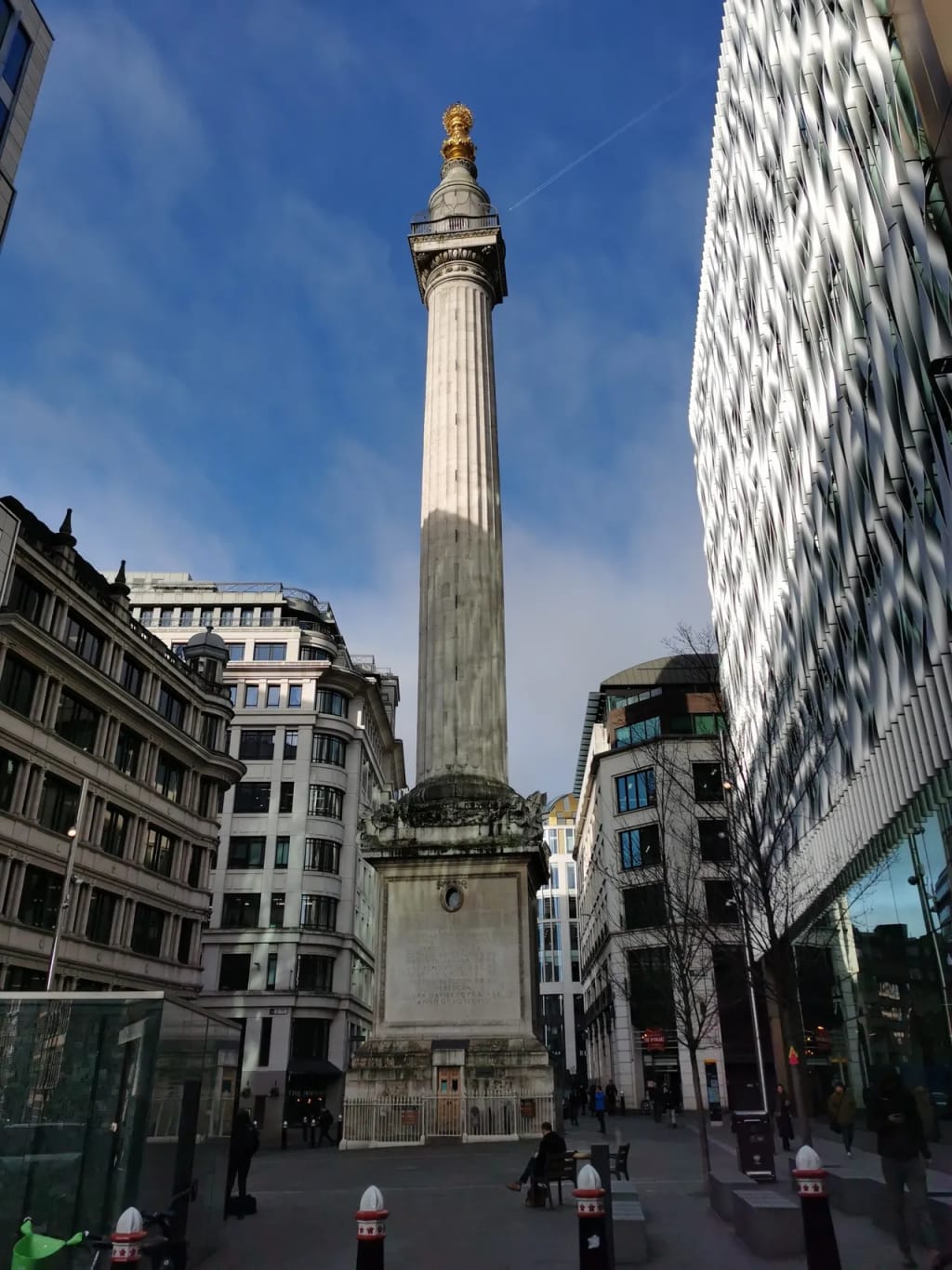
I was looking at the weather for days before visiting. I finally chose a sunny winter morning and headed down to the Monument. I thought I'd go early and miss the crowds, only to find out it was closed. Due to the strikes, the Monument was closed. Alas, I've been unable to get pictures from the top. Maybe another time.
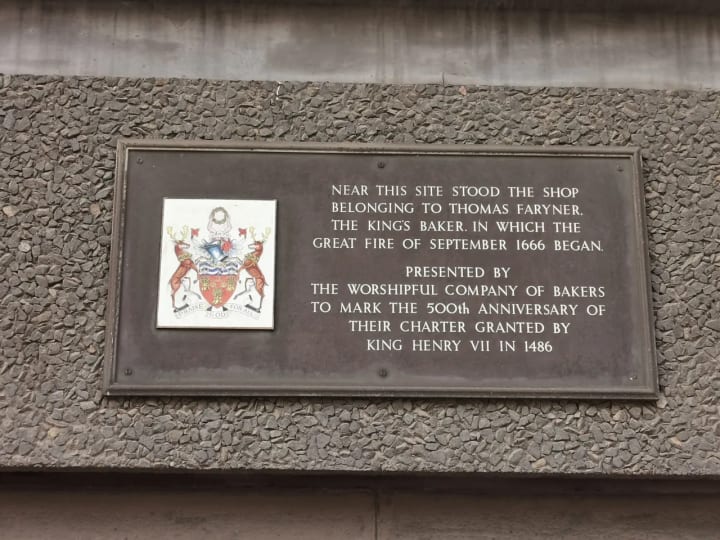
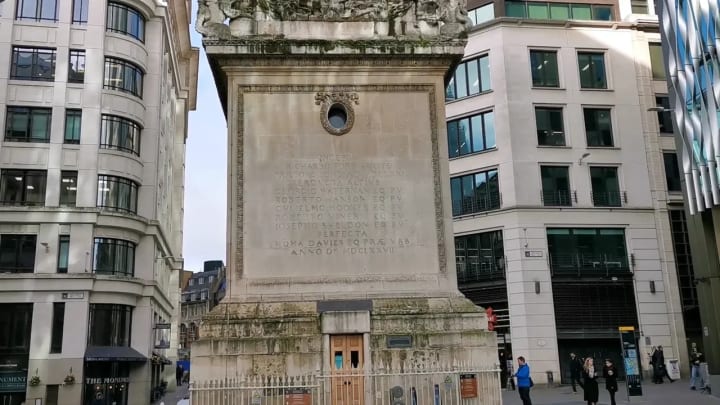
The Monument
It is a column in London, built to commemorate the Great Fire of London in 1666. It is located near the fire site and provides a panoramic view of the city.
The height of the column is the same as the distance from its base to the place where the fire broke out, making it a significant symbol of the city's history and resilience.
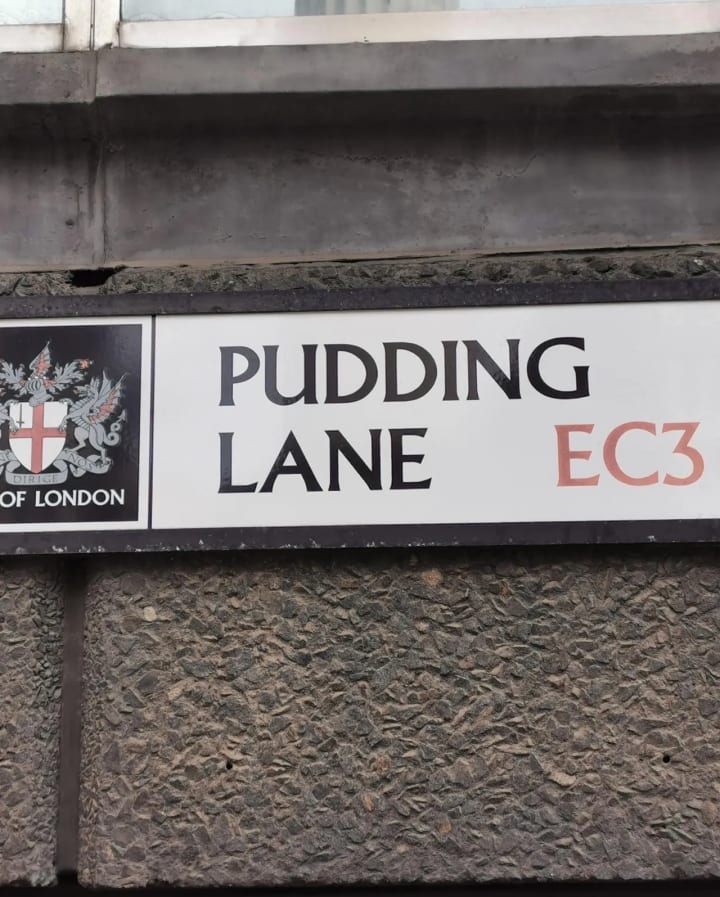
The Great Fire of London was a major conflagration that swept through the central parts of the city from September 2 to September 6, 1666. The fire destroyed much of medieval London, including many of the city's wooden buildings, and left an estimated 100,000 people homeless.
Despite the scale of the disaster, only a small number of casualties were reported, due in part to the efforts of London's residents and the city's firefighting brigades.
The rebuilding of London following the fire led to the creation of wider streets, new building codes, and the reconstruction of many of the city's iconic buildings, including St. Paul's Cathedral.
The Monument remains a prominent symbol of the Great Fire of London and serves as a reminder of the city's resilience and determination in the face of disaster.
What Caused The Fire?
The exact cause of the Great Fire of London in 1666 is unknown, but it is widely believed to have started in a bakeshop on Pudding Lane.
It is believed that the fire started in Thomas Farriner's bakery on Pudding Lane and spread throughout the city, destroying over 13,000 houses.
One of these houses was the house of Mr and Mrs Farriner, their children, and their dog; their cat was also killed in the fire.
It is thought that a small fire that broke out in the shop late at night quickly spread to the surrounding buildings due partly to the prevalence of wooden buildings in the area and the strong winds that were blowing at the time.
Despite the efforts of London's residents and firefighting brigades, the fire eventually consumed much of the city's central districts, including many of its most important buildings.
The lack of a coordinated firefighting effort and the limited technology at the time made it difficult to contain the fire. It was not until several days later that the flames were finally brought under control.
Despite the devastating loss of life and property, the Great Fire of London also led to necessary reforms and improvements in the city, including new building codes and the reconstruction of many of its iconic buildings.

The baker's apprentice also died during the blaze when he tried to save his master from falling into a pit made by one of his bread ovens. This pit was caused by poor construction practices on behalf of Mr Farriner himself (who may have been drunk at the time), so there is no way for us to know how deep it really is or how long it took him before he died from hypothermia after being buried under several tons of burning rubble for several hours.
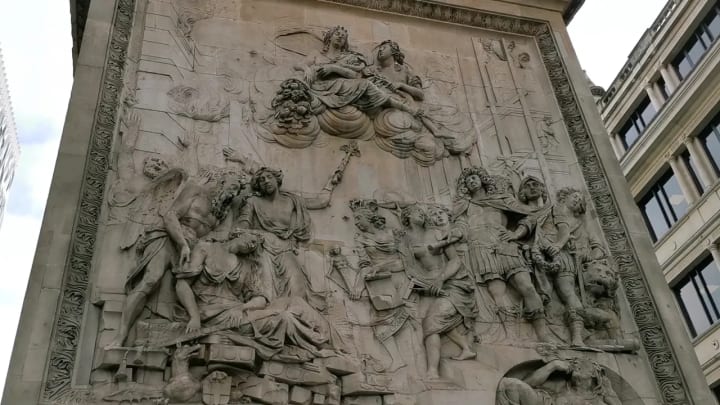
Extinguishing the Fire
The Monument was designed to be a water tower in case of fire. It has a giant tank on the top that could hold 1,200 gallons of water. When there was a fire, the Monument's water supply would be used to put it out.
When the Great Fire started, it didn't take long for people to realise that this wasn't going to be an ordinary blaze. It got so big so quickly that the Monument couldn't put out all of it by itself (however much you might want it to).
At its peak, more than 50 pumps were working around London trying to keep up with water demand—but even with all those pumps combined, they couldn't do much compared with what nature had provided: Thames River Water.

Who Designed The Monument?
Sir Christopher Wren, a prominent architect and scientist of the time, and Robert Hooke, a leading natural philosopher, designed the Monument.
The column is made of Portland stone and is 202 feet tall, with a viewing platform at the top that provides 360-degree views of the city. Visitors can climb the 311 steps to the top of the Monument for a small fee. It’s £5.70 per adult.
The Monument is one of the most visited landmarks in London and attracts tourists from around the world.
A Continuous Reminder
In addition to its role as a symbol of the city's history and resilience, the Monument has become a popular destination for visitors to London.
The viewing platform at the top provides stunning views of the city and is a popular spot for tourists to take in the sights and snap photos.
The Monument is also a popular location for educational visits, as it provides an opportunity for students to learn about the history of the city and the Great Fire of London.
The surrounding area around the Monument, including the nearby St. Magnus-the-Martyr Church, is also an exciting area for visitors to explore, with several historical buildings, shops, and restaurants to enjoy. Overall, the Monument is an integral part of London's heritage and is a popular destination for visitors.
Pudding Lane
Pudding Lane is best known where the Great Fire of London began in 1666.
At the time, Pudding Lane was a densely packed area of wooden buildings and was home to several bakeshops, including the one where the fire is believed to have started.
The fire quickly spread from the bakeshop to the surrounding buildings and eventually consumed much of the city's central districts.
Today, Pudding Lane is a relatively quiet street in the heart of the city. It is a popular destination for tourists visiting the Monument, which was built to commemorate the Great Fire of London and is located nearby.
The street is also home to several historic buildings, including the former site of the bakeshop where the fire is believed to have started.
The surrounding area, including the nearby St. Magnus-the-Martyr Church, is also exciting for visitors to explore, with several historical buildings, shops, and restaurants to enjoy.
Overall, Pudding Lane is an integral part of London's history and is a popular destination for visitors.
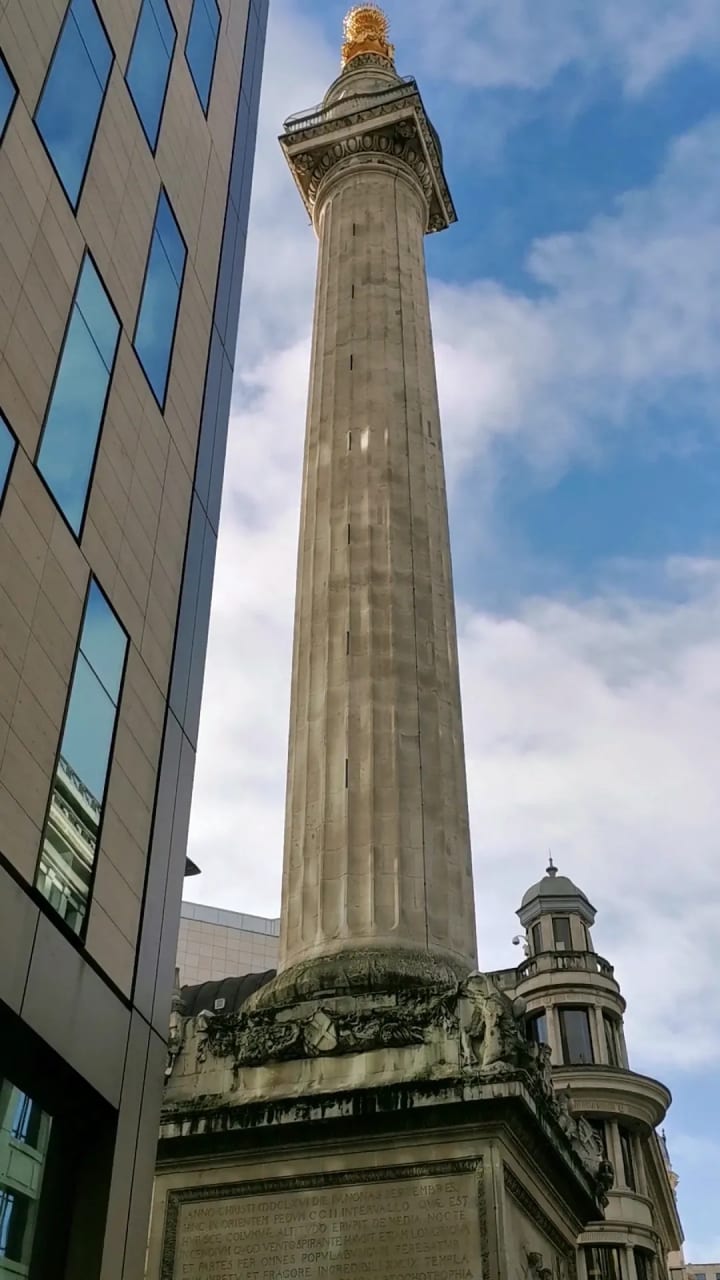
Facts
❇️Pudding Lane is located in the London Borough of Tower Hamlets, near the Tower of London.
❇️The name "Pudding Lane" derives from the area's association with pastry makers and the production of puddings.
❇️The fire on Pudding Lane in 1666 burned for several days, destroying much of medieval London and leaving an estimated 100,000 people homeless.
❇️Despite the scale of the disaster, only a small number of casualties were reported, partly due to the efforts of London's residents to evacuate their homes and the work of the city's firefighting brigades.
❇️The Great Fire of London led to significant reforms and improvements in the city, including new building codes that required buildings to be constructed of brick and stone rather than wood and to create wider streets to prevent the spread of fire.
❇️The Monument, built near the site where the fire started on Pudding Lane, is a popular tourist destination and provides panoramic views of the city.
❇️In recent years, the area around Pudding Lane has undergone significant development. It is now a thriving commercial and residential area with a mix of historic and modern office and apartment buildings.
❇️Despite its modern development, Pudding Lane continues to be an essential part of London's history and is a popular destination for tourists and residents alike.
❇️The street is also home to several historic pubs and restaurants, making it a popular destination for those looking to experience the city's vibrant dining and nightlife scene.
❇️Overall, Pudding Lane is an exciting and historic part of London. It continues to be a popular destination for visitors to the city, both for its historical significance and lively and modern atmosphere.
For more information https://www.themonument.info
Thank you for your attention
Best wishes
Tabby London
About the Creator
Tabby London
The London I've been discovering is usually off the well-beaten track.I love the nooks and crannies and walking along the streets steeped in centuries worth of history. I'm fond of Zone 1 because that's where it all began centuries ago.
Enjoyed the story? Support the Creator.
Subscribe for free to receive all their stories in your feed. You could also pledge your support or give them a one-off tip, letting them know you appreciate their work.

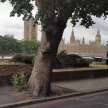




Comments (2)
Thank you for the interesting and delicious content. Follow my story now.
The description of the Monument as a column built to commemorate the Great Fire of London adds historical context and significance to the visit, this content offers an informative glimpse into the history of the Great Fire of London and the symbolism of the Monument, thank you very much for sharing, love your works, hope to read more, subscribed.